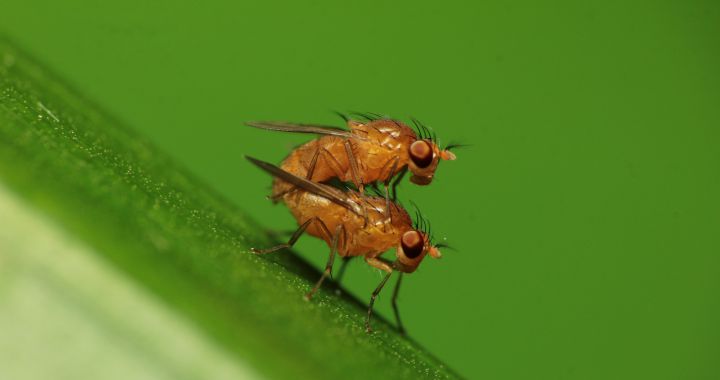We have all heard of ozone at some point. It is a naturally occurring gas in the atmosphere, and it is vital in protecting us from ultraviolet radiation coming from the sun In recent decades, the degradation of the ozone layer has become a major problem, something that has been stopped thanks to the banning of CFC gases, and which has been reflected in studies such as the one that recently demonstrated that the hole in the ozone layer is closing , as we have already told you in El Eco de LOS40.
However, when we talk about ozone, we don’t always mean it in the same terms. When this gas is concentrated in large quantities, it becomes a Contaminant first level. It appears to be due to a chemical reaction caused between nitrogen oxides (NOx) and volatile organic compounds (VOCs) in the presence of sunlight. The main sources of NOx and VOC emissions are vehicles that use fossil fuels, as well as industries.
The effects of ozone on human health are well known. At high concentrations, it severely affects the respiratory system already the skin In the long term, life expectancy decreases. In the same way, it is also known how it affects plants, especially photosynthesis, which results in growth problems.
Now a new survey by the Max Planck Institute of Germany put on the table how ozone also affects insects, whose global population seems to have decreased markedly in recent years. They did this in a comprehensive study they published in the scientific journal Nature.
Scientists have studied the behavior of flies. More specifically, that of Drosophila melanogaster, also called fruit fly or fruit fly. An insect whose mating depends, as in the case of other insects, on pheromones, molecules that are severely affected when ozone is in the environment at particularly high levels.
Less pheromones, less attraction
“Environmental pollutants such as ozone and nitric oxide degrade floral aromas, which makes the cocoons less attractive to their pollinators,” says Markus Knaden, lead author of the study. “Since compounds with carbon double bonds are particularly sensitive to ozone degradation, and almost all insect sex pheromones possess these double bonds, we wondered if air pollution also affects how males and females of insects find and identify each other during mating.
After exposing the male flies to various high concentrations of ozone, the researchers found that the pheromone levels had decreased significantly. Consequently, these males no longer attracted females. Likewise, other males began to take an interest in them not clearly distinguishing them from females.
“Insects are a very important part of the food webs and provide essential ecosystem services,” Knaden added. “Most of our fruits and vegetables depend on insect pollination. Thus, the decline in insects that we are currently observing (and which, as a result of our findings, could potentially be amplified by oxidative contaminants) could have a major impact on agriculture, productivity, and therefore human health. .

